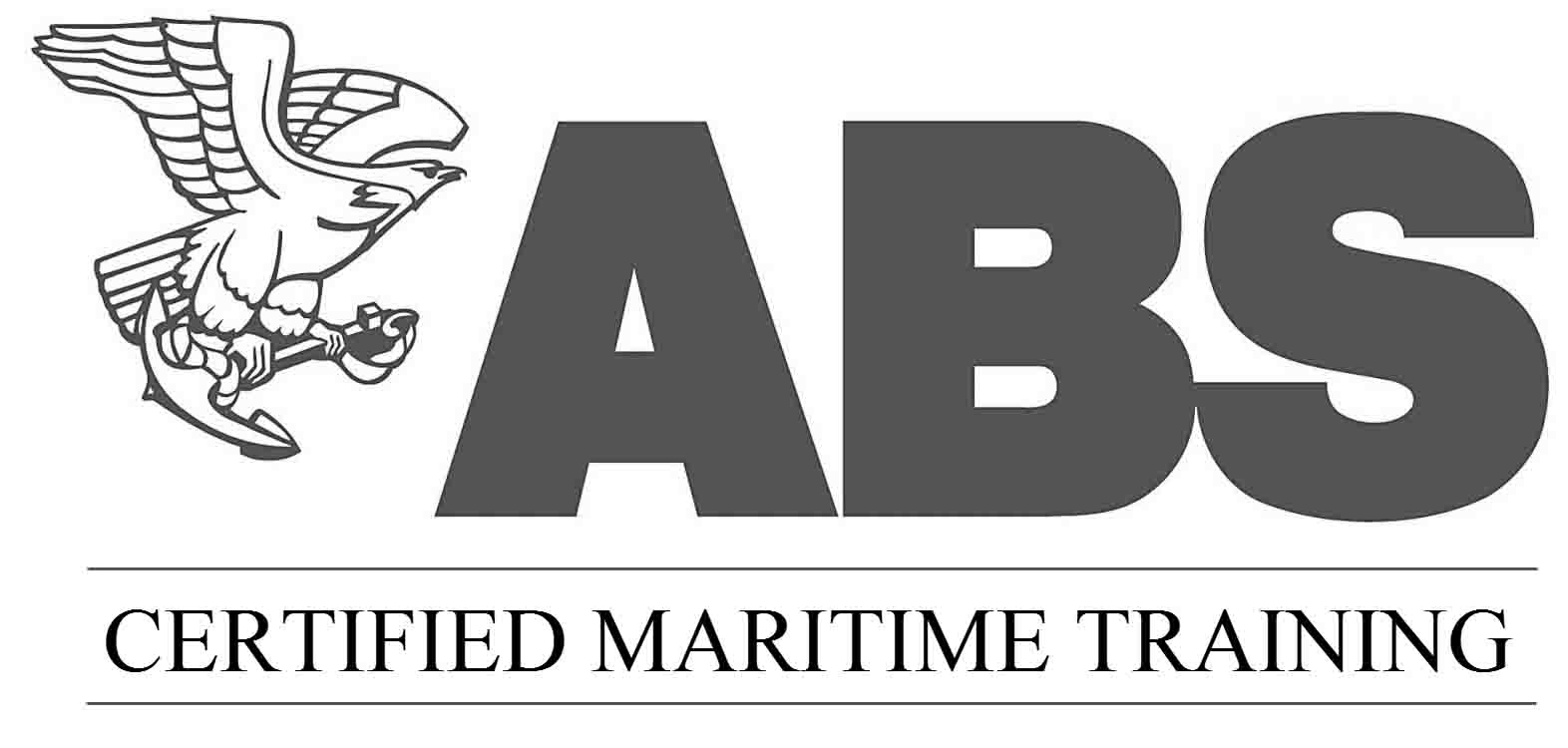Excessive approaching velocity and approaching angle during vessel berthing in underway STS operations.
17-04-2016
The aim of this circular is to address the issue of approaching velocity and angle for the attention of Masters and senior officers during the final manoeuvring of vessels in underway STS operations. To aptly illustrate the facts, consider a case where the involved vessels are of same size with a berthing coefficient C [Table 9.1 of latest OCIMF STS Guidelines] equal to about 165000.
Attention is drawn by seafarers with respect to the approaching velocity which is directly linked to the approaching angle. In case the previously mentioned variables exceed the ones suggested by OCIMF, this may inevitably lead to damage or breakdown of fenders or steel to steel contact of both participating vessels. Furthermore, the risk is increased in case the manoeuvring vessel is in laden condition due to the increased inertia effect and the energy exerted during the initial approach.?

Tankers in final berthing position
Turning back to our example with the same size vessels, it was observed that during the approaching phase, the velocity of the manoeuvring vessel was excessively high. As has been recorded, the prevailing weather condition was calm and the weather forecast was accurate. However, the weather forecast alone, is not enough to estimate the approaching velocity. There are two more factors which are of equal importance. ?Those are, the relevant difference of the approaching speed and the approaching angle.
Although seafarers maintain practices and take into consideration the bearing of two vessels, because inevitably the vessel will have to end up in almost parallel contact, it is prudent to take into account the COG (Course Over Ground) of both vessels as well. Therefore, in order to estimate the COG, the ECDIS and the GPS data have to be taken into consideration.
?
Taking into account the above variables, what is the appropriate approaching velocity according to the latest OCIMF Guidelines?
From table 9.1 from Section 9.1.2 of the latest OCIMF STS guidelines, it is observed that the approaching velocity of the manoeuvring tanker, should be 0.15 m/s (0.29 knots/s) as illustrated below:

Table 9.1 from latest OCIMF STS guidelines
The approaching velocityis limited to 0,15m/s since this is related with?the forces exerted on the primary and secondary fenders during the berthing. The pressure exerted on fenders is associated with the berthing energy of the maneuvering vessel. Therefore, when the approaching velocity increases, the pressure on fenders also increases. Exceeding the manufacturers? standards, may enhance the risk, leading to fender breakdown or subsequently to steel to steel contact.
As per OCIMF Guidelines Appendix H, p. 137, the following is stated:
?The approach velocity of the ships can have a dramatic effect on the berthing energy absorption requirements of the fenders system. The allowance for velocity should take into consideration the effects of local weather, sea and swell conditions, tug or thruster availability and the physical size of the ships involved.
It is common to work within a range of about 0.1 to 0.3 m/s (0.2-0.6 knots) and it should be noted that an increase of about 0.02 (m/s) (0.04 knots) in velocity could result in approximately 28% increasing energy in energy absorption requirements, should a berthing speed be in the range of 0.15 (m/s), and 20% increase should the berthing speed be in the range of 0.20 (m/s). Also note that smaller ships tend to have higher berthing velocities.??
What needs to be done in order to prevent incidents during the final?manoeuvring?of the vessel prior berthing?
One of the most efficient ways is to extract simplified procedures, enabling seafarers to estimate the approaching velocity of the maneuvering vessel a few minutes prior the final berthing. In this respect the following figure should be taken into consideration, as also included at latest OCIMF guidelines, paragraph 6.2:?

Figure 6.1 from latest OCIMF guidelines
For underway STS operations the procedures mentioned in paragraph 6.2 of OCIMF Guidelines are strongly recommended. It is essential for the maneuvering vessel to end up with parallel course to the one of the constant heading vessel, having both manifolds aligned.
The final berthing velocity of the maneuvering vessel, after both vessels are parallel to each other, as shown at above figure, depends a great deal on her approaching angle and speed.
At this stage, the POAC and both Masters have to follow the agreed berthing plan, which was took place, during the Joint Plan agreement. The maximum final berthing velocities as shown at table 9.1 of latest OCIMF guidelines are?valid only for calm weather conditions and normal lightering operations. For adverse weather conditions, other than calm, guidelines from YOKOHAMA fender manufacturers include maximum?approaching velocity as those shown at below table:

Maximum allowable approaching velocities as extracted by YOKOHAMA Pneumatic fender Guidelines
The mentioned DWT is that?of the maneuvering vessel.?Subject that the final berthing velocity and pattern has been agreed, the maneuvering vessel should follow an approaching pattern with parallel headings, with final berthing on the foremost fender, similar to the one depicted at below figure:

Proposed Pattern for final berthing
In order to estimate the approaching velocity, both Masters should consider the following diagram?which depicts vessels speeds and approaching angle.

The approaching velocity is extracted from the following formula. ?

The following table depicts estimated figures of the maximum allowable approaching angle for various speeds of the maneuvering vessel, as an application of the above formula:

All in all, it is essential for both Masters and POAC to discuss the final approaching pattern, both vessels speeds and approaching angle, in order to maintain that the approaching velocity will be within the guided limits. If for any reason there is any doubt, this should be raised to the POAC and discussed prior to the vessel berthing.
Lessons learned?
A higher lateral speed of the manoeuvring vessel and/or an inappropriate angle during the approaching might result to a fender breakdown and eventually to steel to steel contact, given that all other crucial parameters/elements (Primary and secondary fender positioning, adequate assessment of the JOINT PLAN, crew training and fatigue, weather conditions, currents etc.) are satisfied. As a guidance to the Master, onlineSTS.net is preparing, at the PART B of the Screening and Risk assessment Service, an indication of the minimum time to final berthing, after the manoeuvring vessel has reached the position indicated by table 6.2 of latest OCIMF guidelines. Thus the Master and senior officers will have a perception of the berthing velocity in conjunction with the berthing time.
A preliminary indication of the new features to be introduced is shown at below image which includes 2 scenarios. One within OCIMF limits and another outside the OCIMF guidelines:
?







